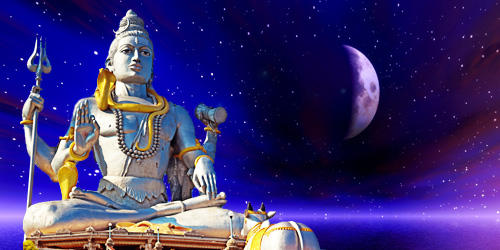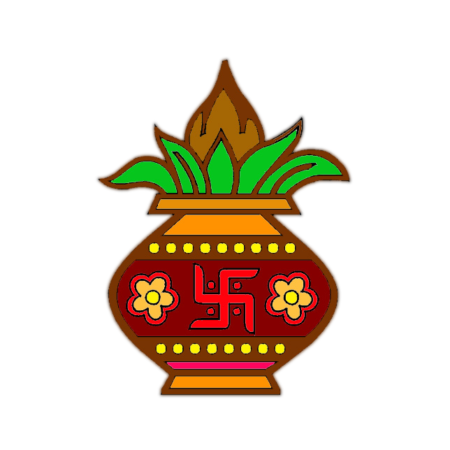Maha Shivaratri, Lord Shiva Form Into Lingam
Maha Shivaratri, The Day of Shiva Form into Lingam:
Maha Shivaratri is one of the famous festivals in India. The festival comes on the fourteenth night of the New Moon and the dark half of the month of Phalguna. On that day the

Hindu devotees worship Lord Shiva in the form of Lingam. On the day of Maha Shivaratri, lord Shiva formed the first time as a Lingam. Who worships Lingam, those sins removed from them. There was also a legend Lord Shiva appeared himself in the form of Lingam to Lord Brahma and Lord Vishnu. He also announced to the two Deities that he was the Creator, the Preserver, and the Destroyer. And also indicate that Lord Brahma on his right side and Lord Vishnu on his left side seated and collectively existed in Shiva. He announced his devotees worshipped him in his phallic form.
Devotees on Mahashivaratri Day:
On Maha Shivaratri day, the devotees stay fast all day, keeping strict night vigil and worshipping the Lingam with delicious flowers, slender leaves of the Bel tree, and food. Lord Shiva appeases when the devotees worship him with Bel tree leaves. The Hindu families spend the entire day with devotional activities and immerse themselves in the joy of admiring Lord Shiva. The strict night vigil and fast makes the devotee mentally and physically control them. In this way, the devotees pay their gratitude and praise to Lord Shiva.
Maha Shivaratri Day, Yajna Performance:

The devotees perform the Yajna on Maha Shivaratri day; to perform Yajna, the devotees construct a three-tiered platform, representing the Hindu beliefs of three lokas, such as swargaloka, antariksha loka and bloke. The devotees prepare the Kalashas for Yajna and fill with water, and place them on the platform. Now the Brahmins perform Yajna while chanting the Mantras. The Yajna gives many benefits to the performers and their sins removed, leading their lives with joy and devotion.
Yajna Performance:
During the Yajna performance, every two kleshas are placed on the eastern and western sides. Each kala is kept on the southern and northern sides of Yagna. These kalas are filled with water mixed with perfume, sandalwood and rose water. These Kalasas are decorated with mango and bilva leaves and prepared a large kalash, which was also filled with water and placed on the highest level of the platform. Now the Brahmins cover the coconut with wet turmeric powder and strip it with a single cloth. Directly the coconut is placed on the mouth of the large Kalash. Here the coconut represents the head of Lord Shiva, and three black spots on it represent the three eyes of Him.
Maha Shivaratri Abhishekam:
A silver plate is placed inside the Largest Kalasam and placed a lingam. Now the Brahmin performs the sacred bathing of Lord Shiva with honey, sugar, milk, curd and clarified butter. During this holy bath, the Brahmins chant mantras, meaning praising Shiva. Later in the bath, the Brahmins offer boiled rice and clarified butter to Shiva. While the Yajna is performing, eleven priests sit in a circle around the platform and continuously chant mantras. Like this, the Yajna completes. The Hindu devotees believe those who served Yajna on Mahashivaratri can purify those lives with Lord Shiva’s blessings.